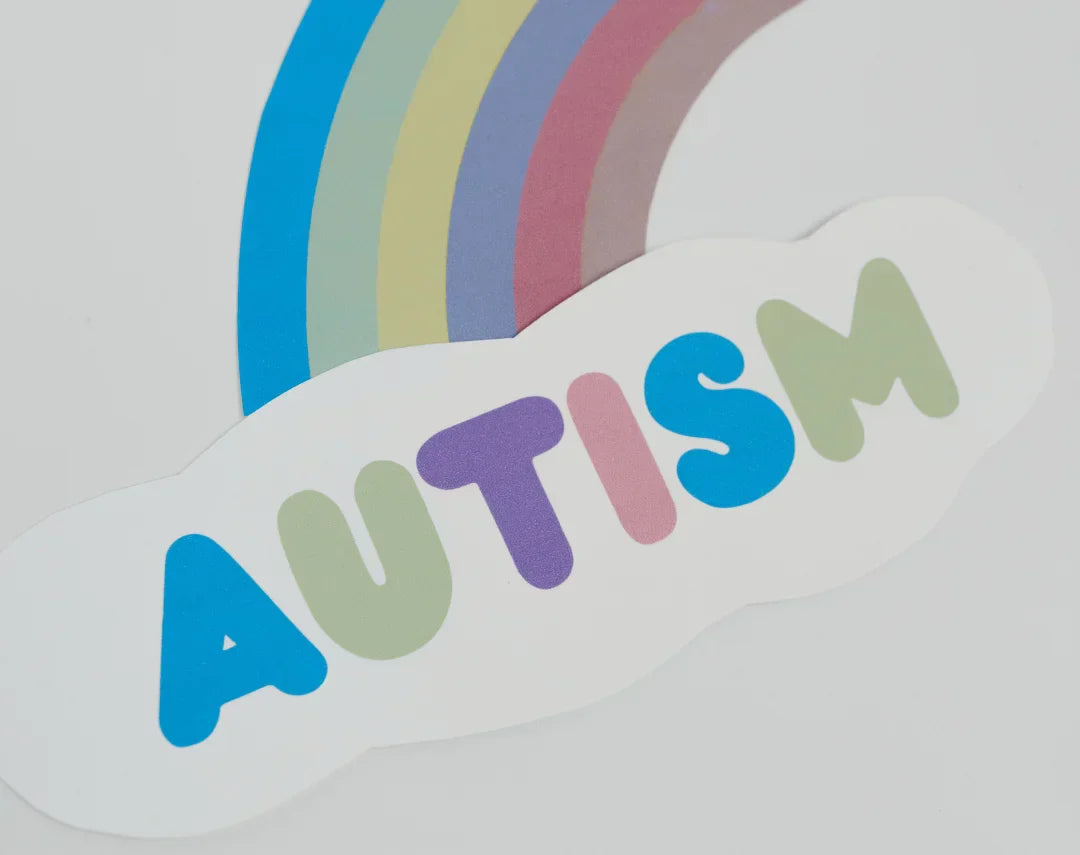
Enhancing Nutrient Absorption: The Power of Reverse Micelle Technique
Understanding Reverse Micelles
Reverse micelles are unique structures that arise when amphiphilic molecules assemble in a specific manner in a non-polar or low-polar solvent. Unlike traditional micelles, where hydrophilic (water-attracting) head groups face outward, reverse micelles feature their hydrophilic portions oriented towards the inner core, surrounded by hydrophobic (water-repelling) tails. This arrangement creates a protective vesicle capable of encapsulating lipophilic (fat-soluble) substances, making reverse micelles particularly important in various applications, including those in the nutrition industry.
The formation of reverse micelles occurs under certain conditions, typically when surfactants are dissolved in organic solvents like mineral oil or hydrocarbons. When added to these solvents, the surfactants spontaneously assemble, leading to the creation of a microenvironment that can solubilize hydrophilic compounds. This property enables reverse micelles to significantly enhance the bioavailability of nutrients that might otherwise be poorly absorbed in the gastrointestinal tract, especially in individuals with sensitive digestive systems.
In terms of applicability, reverse micelles serve as effective carriers for nutraceuticals, vitamins, and essential minerals. This is particularly beneficial for children diagnosed with conditions such as autism and ADHD, where the challenge of improved nutrient absorption is paramount for their overall well-being. By utilizing the reverse micelle technique, it becomes possible to facilitate better absorption of essential nutrients through permeable intestines, thereby addressing the unique nutritional needs of neurodiverse populations.
Moreover, the significance of reverse micelles extends beyond mere nutrient delivery. They are being explored for their potential in drug delivery systems, where the encapsulation of bioactive compounds can enhance therapeutic efficacy. The ongoing research into reverse micelles underscores their importance in nutrition and health, driving advancements that promise to yield significant benefits for individuals with diverse dietary and digestive needs.
The Science Behind Nano-Encapsulation
Nano-encapsulation is a remarkable technology aimed at enhancing the bioavailability of various nutrients, especially fat-soluble vitamins and minerals. This process involves encasing active substances within nanocarriers, which enhances their stability and solubility in biological systems. Within this context, the reverse micelle technique emerges as a particularly effective method for addressing challenges associated with nutrient absorption, especially in individuals, including children diagnosed with autism and ADHD, who may have sensitive digestive systems.
The reverse micelle technique operates by forming structures that encapsulate fat-soluble nutrients, allowing them to dissolve in aqueous environments. Typically, these reverse micelles form in the presence of surfactants, wherein the hydrophilic heads face outward while the hydrophobic tails encapsulate the nutrients. This unique configuration not only mimics natural absorption processes but also significantly enhances the delivery of essential nutrients across permeable intestines. By improving the solubility of nutrients, the reverse micelle technique contributes to better absorption, ensuring that children, particularly those who are neurodiverse, receive optimal nutrition for cognitive support and overall health.
Moreover, this method addresses the common challenges of nutrient loss during digestion. By protecting sensitive vitamins and minerals from degradation in the gastrointestinal tract, nano-encapsulation through reverse micelles maximizes the potential of these nutrients to be effectively absorbed into the bloodstream. This is crucial for children who may suffer from malabsorption issues due to specific dietary restrictions or those with heightened nutritional needs due to their unique developmental conditions. Ultimately, the application of the reverse micelle technique represents a significant advancement in nutritional science, opening doors to improving health outcomes for children with varying dietary needs while ensuring superior bioavailability of essential nutrients.
Benefits for Sensitive Digestive Systems
For children with sensitive digestive systems, such as those diagnosed with autism or ADHD, nutrient absorption can often be a challenging hurdle. Many neurodiverse children experience digestive issues that can hinder their bodies' ability to absorb essential vitamins and minerals effectively. This is where the reverse micelle technique can make a significant impact. By utilizing this advanced method, nutrients can be encapsulated in a manner that enhances their bioavailability, allowing for better absorption through permeable intestines.
The reverse micelle technique works by creating an environment where nutrients are nano-encapsulated, making them smaller and more manageable for delicate digestive systems. As a result, these children can receive the nutrition they need without overwhelming their sensitive gastrointestinal tracts. This nano-encapsulation not only improves nutrient delivery but also reduces the risk of gastrointestinal discomfort, a common concern among those with sensitive digestive systems.
One of the key advantages of employing the reverse micelle technique in nutrition management for neurodiverse children is the improved health outcomes associated with efficient nutrient delivery. When these children can absorb nutrients more effectively, it can lead to enhanced physical health, cognitive function, and overall well-being. Moreover, parents and caregivers often report positive changes in behavior and mood, as these nutrients play a vital role in brain health and emotional regulation.
By addressing the challenges of nutrient absorption that sensitive digestive systems face, the reverse micelle technique provides a promising solution. It allows neurodiverse children to receive tailored nutritional support that aligns with their unique needs, ultimately contributing to better health and development outcomes.
Conclusion and Future Implications
In examining the implications of the reverse micelle technique, it becomes clear that this innovative method offers significant improvements in bioavailability, particularly for individuals with sensitive digestive systems, such as children with autism and ADHD. By utilizing this technique, nutrients can be encapsulated in a manner that allows for better absorption through permeable intestines. This is especially crucial for neurodiverse children who may struggle with nutrient deficiencies due to their unique digestive needs.
The use of the reverse micelle technique stands out as a transformative advancement in nutritional science. This method not only assists in enhancing the bioavailability of essential nutrients but also addresses the challenges faced by individuals with sensitive digestive systems. With research continually evolving, the potential applications of this technology could extend beyond current parameters, opening new avenues for nutritional supplements and functional foods tailored specifically for populations with specific dietary restrictions or challenges.
Looking towards the future, innovations in reverse micelle technology could lead to further developments that enhance nutrient delivery systems, providing not just immediate benefits but also long-term health improvements for children. As understanding grows around the interactions of nutrients within the gut, the integration of this technique into everyday dietary practices may become standard, particularly in addressing the needs of those who are neurodiverse.
This exploration of the potential and implications of the reverse micelle technique highlights its value in enhancing nutrient absorption. The pursuit of better absorption methods will likely continue to gain momentum, especially as the dialogue surrounding nutrition and health evolves. With ongoing advancements, it is conceivable that this technology could redefine our approach to dietary nutrition in various populations, emphasizing the importance of accessibility and effectiveness in nutrient delivery.



